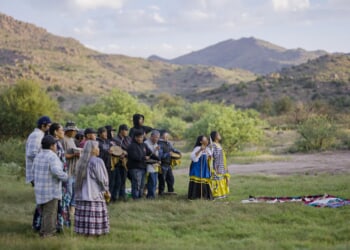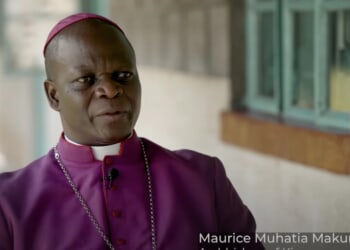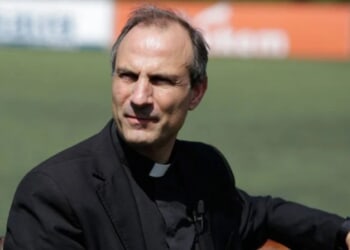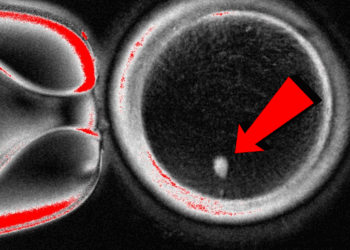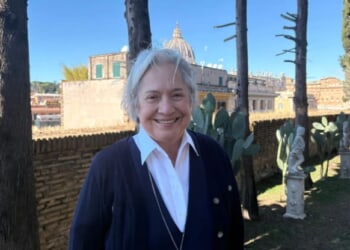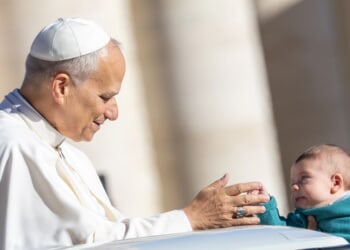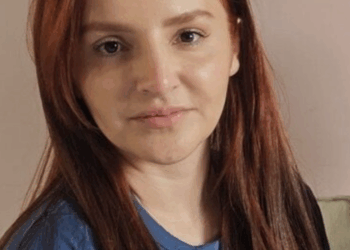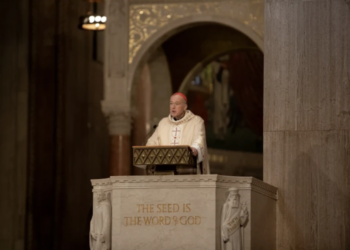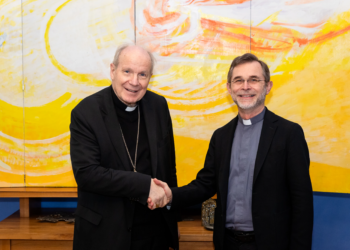National Catholic Register, Sep 6, 2025 /
09:00 am
Her Royal Highness the Duchess of Kent, who became the first senior British royal to be received into the Catholic Church since the 17th century, has died at the age of 92.
In a statement, Buckingham Palace said that the duchess died peacefully on Thursday evening at her Kensington Palace home, surrounded by her family.
“The king and queen and all members of the royal family join the Duke of Kent, his children and grandchildren in mourning their loss and remembering fondly the duchess’s lifelong devotion to all the organisations with which she was associated, her passion for music and her empathy for young people,” the statement read.
Renowned for her natural charm, compassion for the sick and downtrodden, and commitment to serving others, the duchess was a much-loved and hard-working British royal whose popularity was enhanced by her own personal suffering and self-effacing nature.
Born into a notable aristocratic and land-owning family, Katharine Lucy Mary Worsley was raised an Anglican and, in 1961, married Prince Edward, Duke of Kent, a grandson of King George V and a first cousin of Queen Elizabeth II.
The first woman without a peerage or princess title at birth to marry a royal duke in over a century, Katharine devoted herself to a life of service, and often, together with the duke, represented the queen at charity and state events at home and abroad.
Her journey to the Catholic faith was historically significant and born out of considerable personal loss and suffering.
While pregnant with her fourth child in 1975, the duchess contracted measles and, following her doctors’ advice, terminated the pregnancy for medical reasons. In 1977, when happily pregnant again, she gave an address to the British Congress of Obstetrics in which she declared human life was a gift from God and uniquely valuable as every birth is a miracle. She also paid tribute to those who fight to protect life and the family.
But some weeks later, the duchess lost the baby at 36 weeks; she described the experience as “devastating,” and viewed the miscarriage as punishment for the abortion two years earlier.
The duchess went on to express deep empathy for others who had suffered similar tragedy, and turned to her faith, making the first of several regular visits to the shrine of Our Lady of Walsingham with the then-Anglican Archbishop of Canterbury, Robert Runcie.
But some years later, seeing the uncertainties and internal struggles of the Church of England, which was then grappling with whether to accept women clergy, she was drawn to Catholicism.
Her journey culminated with being received into the Catholic Church in January 1994 by Cardinal Basil Hume, then-Archbishop of Westminster. Up until then, no senior royal had publicly been received into the Church since 1685. The Act of Settlement of 1701 also barred royals who became or married Catholics from the line of succession.
She described her conversion as a “long-pondered personal decision,” and that she was attracted by the solace and clarity of the Catholic faith. “I do love guidelines and the Catholic Church offers you guidelines,” she once told the BBC. “I have always wanted that in my life. I like to know what’s expected of me.”
As a Catholic, she made regular visits to Lourdes with her local parish, and often attended Mass at the Brompton Oratory in London, close to her Kensington Palace home.
In 2001, the third-eldest of her four children, Lord Nicholas Windsor, followed her into the Catholic Church, becoming the first male blood member of the British royal family to become a Catholic since King Charles II’s probable deathbed conversion in 1685.
The Duchess of Kent gave her time and energy to various good causes, including becoming patron of the Samaritans, a charity that tries to deter people from committing suicide, and co-founding a charity called Future Talent, which supports young musicians from poor backgrounds.
(Story continues below)
Subscribe to our daily newsletter
After retiring from public service, she taught music to children at a primary school in the 2000s for over a decade in complete anonymity. Known simply as “Mrs. Kent” at the school, she said in a 2022 interview that “only the head knew who I was. The parents didn’t know, and the pupils didn’t know. No one ever noticed. There was no publicity about it at all — it just seemed to work.”
Many of the children at the school in Hull, northern England, came from single-parent families and very deprived areas. “It was very, very rewarding,” the duchess said. “The music did such wonderful things. It really did.”
Many in Britain remember seeing the duchess’ compassion visibly shown when, as the presenter of trophies at Wimbledon, she broke with protocol to comfort Jana Novotná, a Czech tennis player, who cried on her shoulder after narrowly losing the Wimbledon women’s singles final.
In a statement, Cardinal Vincent Nichols of Westminster recalled “with fondness her presence in our community, especially her participation in the pilgrimage to Lourdes, as well as her lifetime of public service.”
The Prince and Princess of Wales said the duchess worked “tirelessly to help others” and would be a “much missed member of the family.”
Writing on X, British Catholic broadcaster Colin Brazier wrote that “in a world of bombast, self-promotion and vanity, Katharine Worsley was that rarest of things: a public figure of genuine humility, even holiness.”
The late Duchess of Kent’s funeral — the first Catholic funeral for a member of the royal family in modern British history — will take place at Westminster Cathedral in the coming weeks.
This article was originally published by the National Catholic Register, CNA’s news partner, and has been adapted for CNA.



